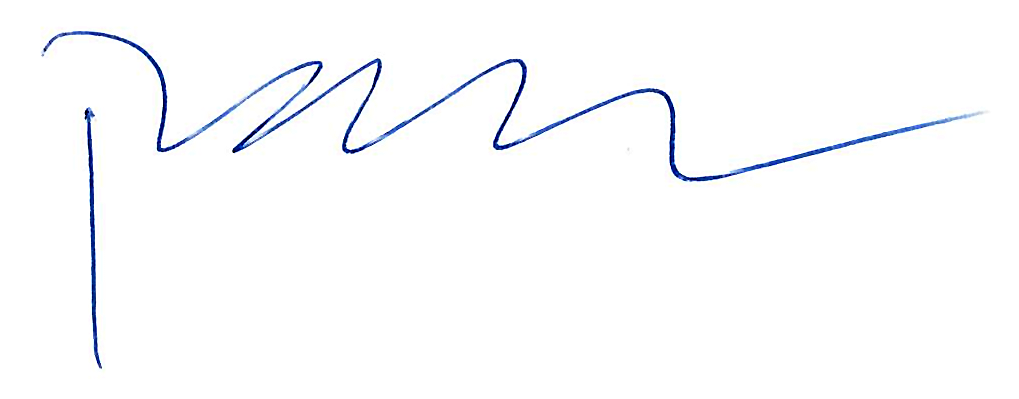CTS Collaborative Transplant Study
Dear Colleagues,
Nearly a decade has passed since the CTS Newsletter last addressed the topic of steroid-related side effects in kidney transplant patients. In the Newsletter 1:2015, the impact of steroid dosage in maintenance therapy on the incidence of de novo cataract was examined. It is well-documented that, in addition to cataracts, steroids are associated with a number of other post-transplant morbidities such as diabetes mellitus, cardiovascular events, and osteoporosis. In this Newsletter, we use the CTS data to investigate how steroid type and dosage in maintenance therapy influence the incidence of de novo osteoporosis post-transplant.
The analyses were based on data from 68,270 deceased donor kidney transplants performed on adult patients between 2000 and 2022. Additional selection criteria included: no multi-organ transplants, a functioning graft one year after transplantation, and availability of data on type and dosage of immuno-suppressive medication. In accordance with the KDIGO clinical practice guideline, steroids are typically incorporated into a triple therapy regimen that also includes a calcineurin inhibitor and an antimetabolite. Figure 1 shows that, despite an increasing rate of steroid discontinuation, they remained a component of immunosuppression in approximately three-quarters of the patients three years post-transplant.
In the annual CTS immunosuppressive follow-up questionnaire, which is an optional component of the CTS study, both the type and the dosage of steroids used are recorded, with distinction made among prednisone, prednisolone, methylprednisolone, and other steroids. Figure 2 shows the distribution of steroid types administered one year post-transplant for the 51,219 patients for whom dosage information was also available. The analysis excluded 41 patients (0.1%) who received other types of steroids.
It is noteworthy that, despite the large cohort of over 50,000 patients from diverse geographical origins (more than 200 transplant centers across 37 countries), no significant differences in death-censored graft survival during the first three years post-transplant were observed based on the type of steroid medication reported at year 1 (Figure 3).
In clinical practice, 4 mg of methylprednisolone is considered equivalent to approximately 5 mg of prednisone or prednisolone. For assessing the impact of steroid type and dosage on post-transplant de novo osteoporosis, patients were stratified into groups receiving prednisone/ prednisolone, methylprednisolone and no steroids. Patients receiving very high steroid dosages (≥40 mg/day of prednisone or prednisolone or ≥32 mg/day of methylprednisolone; 0.3%) were excluded. The analysis included all patients who had no osteoporosis at year 1, but had at least one report on osteoporosis at year 2 or year 3 post-transplant.
In Figures 4A and 4B, the same group of patients who were not on steroids one year post-transplant was used as a reference. Among steroid-treated patients, approximately one-quarter received higher steroid dosages (28.5% with >5 mg/day of prednisone/prednisolone; 24.1% with >4 mg/day of methylprednisolone). Notably, the use of higher doses of either steroid type was associated with a significantly increased incidence of de novo osteoporosis. Figure 4 also shows that treatment with prednisone/prednisolone up to a daily dose of 5 mg did not differ significantly from the non-steroid group in terms of developing de novo osteoporosis. Strikingly, the incidence of de novo osteoporosis increased more than threefold with a methylprednisolone dosage of higher than 4 mg/day. This also gives rise to the question of whether the commonly used steroid dose equivalencies of methylprednisolone and prednisone/prednisolone may be inaccurate with respect to their impact on post-transplant osteoporosis risk.
In conclusion, our analyses suggest that especially in maintenance therapy of kidney transplant patients who already have an increased risk for osteoporosis, such as postmenopausal women or men over 70, the daily dose of prednisone or prednisolone should not exceed 5 mg and methylprednisolone should be replaced by another steroid to reduce bone-related side effects.
The next shipping date of Serum and DNA for the Biomarker Studies is January 15, 2025.
Thank you for your continued support and best wishes,,

Hien Tran
| For the CTS Executive Board and CTS Team in Heidelberg | |||
| Hien Tran | Christian Morath | Klemens Budde | Axel Roers |